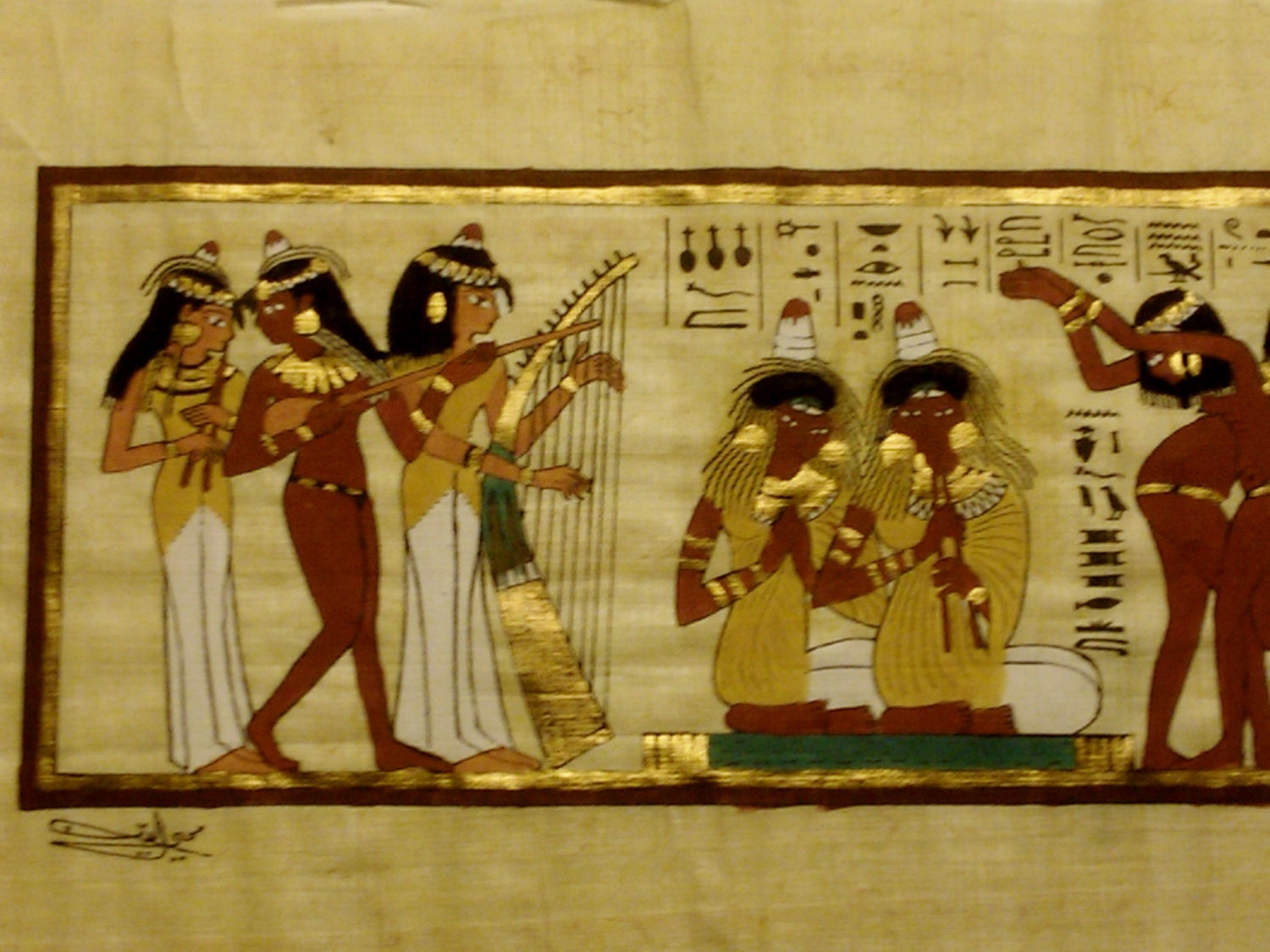Ancient Egyptian Music and Dancing
Ancient Egyptian music and dancing were integral parts of the culture and society. Music and dance were in religious ceremonies. As well as in entertainment. Ancient Egyptians believed that music and dance had the power to heal and bring people together.
Music in Ancient Egypt Ancient
Egyptian music was highly diverse, with instruments ranging from simple drums to complex harps and flutes. Music was played on various occasions. Including religious festivals, funerals, and weddings. One of the most popular instruments in Ancient Egypt was the harp. The harp was played by both men and women. It was in religious ceremonies and entertainment. The harp was also famous to have a healing effect on the body and mind. Another popular instrument was the sistrum. The sistrum was a type of rattle that was in religious ceremonies to invoke the goddess, Isis. The sound of the sistrum was famous to purify and cleanse the air.
Dance in Ancient Egypt
Dance was an important part of Ancient Egyptian culture. It was in both religious and secular contexts. Ancient Egyptians believed that dance had the power to communicate with the gods and bring prosperity to their communities. The most famous Ancient Egyptian dance is the “Dance of the Seven Veils.”
In fact, this dance was typically performed by women and involved the dancer removing seven veils one at a time. Another popular dance was the “Sistrum Dance.” Which was performed by women in honor of the goddess Isis. The dance involved shaking sistrums and chanting hymns to the goddess.
Summary
In fact, Ancient Egyptian music and dancing were integral parts of the culture and society. Music and dance were for religious ceremonies and entertainment. Ancient Egyptians believed that music and dance had the power to heal and bring people together. Today, we can still see the influences of Ancient Egyptian music and dancing in modern culture.





Comment (0)